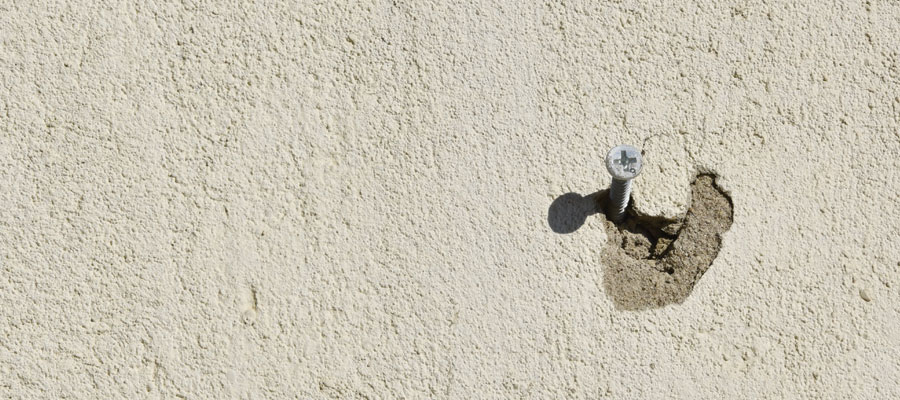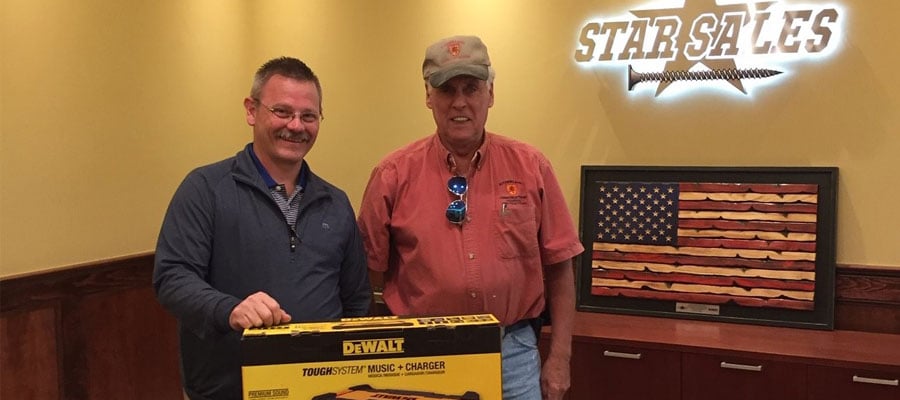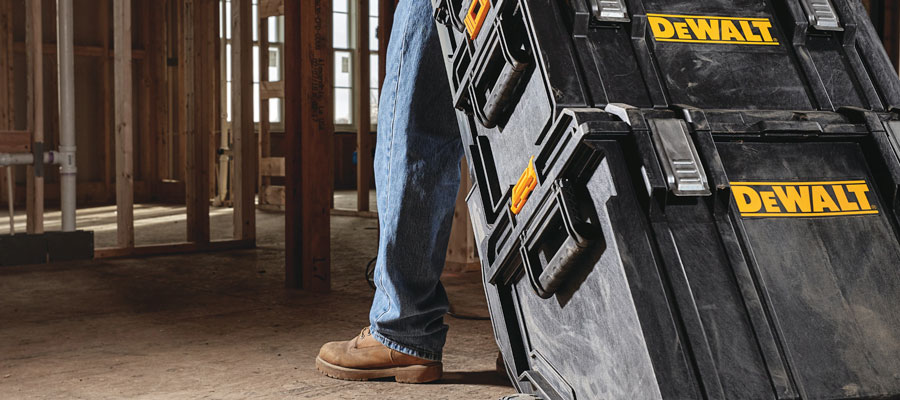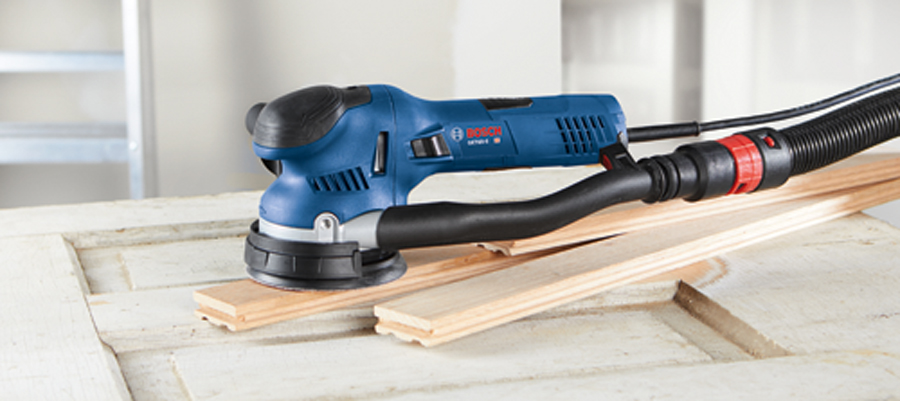When you're working in drywall, there's nothing as frustrating as screw pops. If you're lucky, they happen before taping and plastering starts. If you're not, then you need to go back in and make repairs to existing work instead of getting new work done. Fortunately, there are a few simple tips we can offer that will help you reduce the number of screw pops you have to repair, making it much easier to keep your company operating in the black.
By taking a little extra time to make sure your drywall panels are hung properly to begin with, you can ensure that your crew will be able to keep screw pops to a minimum.
Use the right screws.
If you're working in wood framing, use coarse threads, but if you're in metal framing, use fine threaded screws. If necessary, use self-drilling screws or pre-drill screws in tough framing members. Make sure that the screws are just long enough to penetrate the framing by 5/8" as an optimal depth. Why not any longer? Because it's more difficult to put screws in straight if they're longer than that. If you're working in 3/8" panels for curves, you'll need 1" screws, while 1/2" panels will need 1-1/8" screws and 5/8" panels will require 1-1/4" screws.
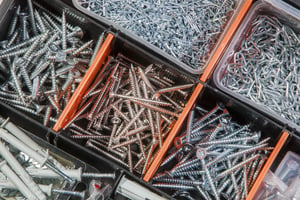
Set the screws to the correct depth and angle.
It's easy to see when a screw is set too high or far too low, when it tears through the paper. But it can be easy to get a screw just a little too low, making the screw pop later on. Make sure you're setting them to just the right height. Similarly, screws that go in at an angle are more likely to rip through the paper and pop later on, causing more problems down the road.
Add construction adhesive.
Because construction adhesive can limit the amount of movement in the wall system, it can help prevent screw pops from happening by stabilizing the connection between the studs and drywall panels. Also, because the panel is secured to the studs, it won't pop because of pressure on the screws or panel, because the adhesive will help keep it locked against the panels.
Fasten in a pattern.
Though it's easy to simply fasten at the edges and then go back to the middle, try to avoid this whenever possible. By starting on one side and then working across a little at a time to the other, the entire sheet of drywall is slowly clamped down to the studs instead of being left with some areas too high that can cause screw pops.
Don't fasten directly at the plate.
Because it's an intersection of two different pieces of framing in perpendicular directions, there can be a slight amount of shifting occurring between them. This shifting will often cause the limited number of screws on the plate to pop when the other framing members move slightly, which are better secured with more fasteners. Many professionals will end their fastening pattern about 7" from the top plate and a similar distance from the bottom if necessary.
By taking a little extra time to make sure your drywall panels are hung properly to begin with, you can ensure that your crew will be able to keep screw pops to a minimum. If you're having problems finding the right fasteners for the job, Star Sales has what you need to get the job done right. Check out our screws and fasteners page to see what options you need on your job site.

